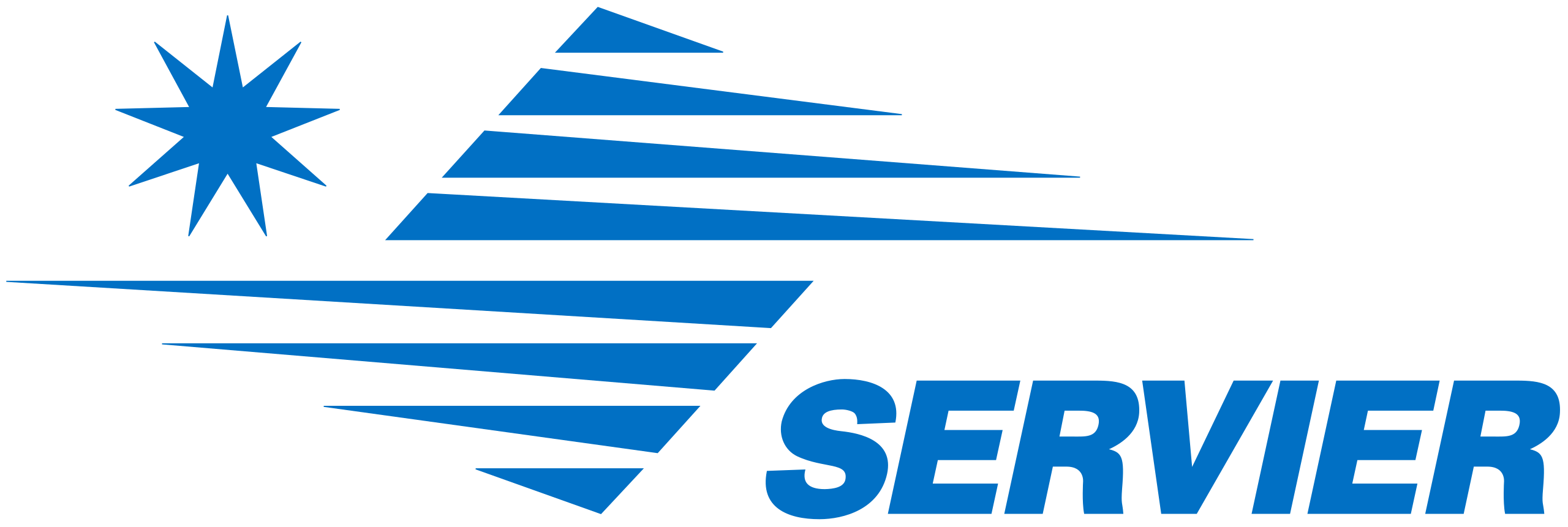Go back to trials list
A Phase II Study of Cladribine and Low Dose Cytarabine in Combination With Venetoclax, Alternating With Azacitidine and Venetoclax, in Patients With Higher-risk Myeloproliferative Chronic Myelomonocytic Leukemia or Higher-risk Myelodysplastic Syndromes With Excess Blasts
Description
To learn if the combination of cladribine, cytarabine, venetoclax, and azacitidine can help to control higher-risk myelodysplastic syndrome (MDS) with excess blasts and/or higher-risk chronic myelomonocytic leukemia (CMML).Primary Objectives: * To determine the efficacy, safety and tolerability of the combination of cladribine, cytarabine and venetoclax in higher-risk MDS with excess blasts and higher-risk CMML. * MDS relapsed cohort (Cohort A, N=20): MDS with Int-2 or High risk IPSS and \>5% blasts with no response after 6 cycles of azacitidine, decitabine, guadecitabine, CC-486 or ASTX727 (decitabine/cedazuridine) or relapse or progression after any number of cycles * CMML relapsed cohort (Cohort B, N=10): CMML 1 or 2 with no response after 6 cycles of azacitidine, decitabine, guadecitabine, CC-486 or ASTX727 (decitabine/cedazuridine) or relapse or progression after any number of cycles * MDS HMA-naïve cohort (Cohort C, N=20): MDS with Int-2 or High risk by IPSS and \>10% blasts OR
Trial Eligibility
Inclusion Criteria: 1. Age \>/= 18 years. 2. Diagnosis of MDS or CMML by WHO and: * MDS relapsed cohort (Cohort A): MDS with Int-2 or High risk IPSS and \>5% blasts with no response after 6 cycles of azacitidine, decitabine, guadecitabine, CC-486 or ASTX727 (decitabine/cedazuridine) or relapse or progression after any number of cycles * CMML relapsed cohort (Cohort B): CMML 1 or 2 with no response after 6 cycles of azacitidine, decitabine, guadecitabine, CC-486 or ASTX727 (decitabine/cedazuridine) or relapse or progression after any number of cycles * MDS HMA-naïve cohort (Cohort C): MDS with Int-2 or High risk by IPSS and \>10% blasts OR diagnosis * CMML HMA-naïve cohort (Cohort D): CMML-2; OR CMML-1 with at least one of the following high-risk features: extramedullary disease, splenomegaly of \>5cm below costal margin, platelets \<100x109/L, Hgb level \<10g/dL, WBC \>13x109/L, clonal cytogenetic abnormality (other than monosomy Y). 3. Eastern Cooperative Oncology Group (ECOG) performance status of \</= 2 4. Creatinine clearance \> 30 ml/min no end/stage renal disease (using Cockcroft-Gault) 5. Adequate hepatic function with total bilirubin 2x ULN, AST or ALT 2.5 xULN unless deemed to be due to underlying disease involvement. 6. Willing to adhere to and comply with all prohibitions and restrictions specified in the protocol. 7. Patient must have signed an informed consent document indicating that the patient understands the purpose of and procedures required for the study and is willing to participate in the study. 8. White blood cell (WBC) count \<50,000/L. Hydroxyurea may be used to control leukocytosis prior to C1D1. Use of hydroxyurea beyond this point may be permitted as clinically indicated, on a case-by-case basis and after discussion with the PI. 9. English and Non-English speaking patients will be allowed Exclusion Criteria: 1. Uncontrolled infection not adequately responding to appropriate antibiotics 2. New York Heart Association (NYHA) Class III or IV congestive heart failure or LVEF \<50% by echocardiogram or multigated acquisition (MUGA) scan. 3. History of myocardial infarction within the last 6 months or unstable/uncontrolled angina pectoris or history of severe and/or uncontrolled ventricular arrhythmias. 4. Female patients who are pregnant or lactating. 5. Patients with reproductive potential who are unwilling to following contraception requirements (including condom use for males with sexual partners, and for females: prescription oral contraceptives \[birth control pills\], contraceptive injections, intrauterine devices \[IUD\], double-barrier method \[spermidical jelly or foam with condoms or diaphragm\], contraceptive patch, or surgical sterilization) throughout the study. 6. Female patients with reproductive potential who do not have a negative urine or blood beta-human chorionic gonadotropin (beta HCG) pregnancy test at screening. 7. Patients receiving any other concurrent investigational agent or chemotherapy, radiotherapy, or immunotherapy.
Study Info
Organization
M.D. Anderson Cancer Center
Primary Outcome
To establish the overall survival (OS).
Interventions
Locations Recruiting
M D Anderson Cancer Center
United States, Texas, Houston
Interested in joining this trial?
Our dedicated patient navigators are here to support you by reviewing the eligibility criteria to see if you might qualify for this trial.
Get the Latest Acute Myeloid Leukemia Updates, Delivered to You.
By subscribing to the Healthtree newsletter, you'll receive the latest research, treatment updates, and expert insights to help you navigate your health.
Thanks to our HealthTree Community for Acute Myeloid Leukemia Sponsors:




